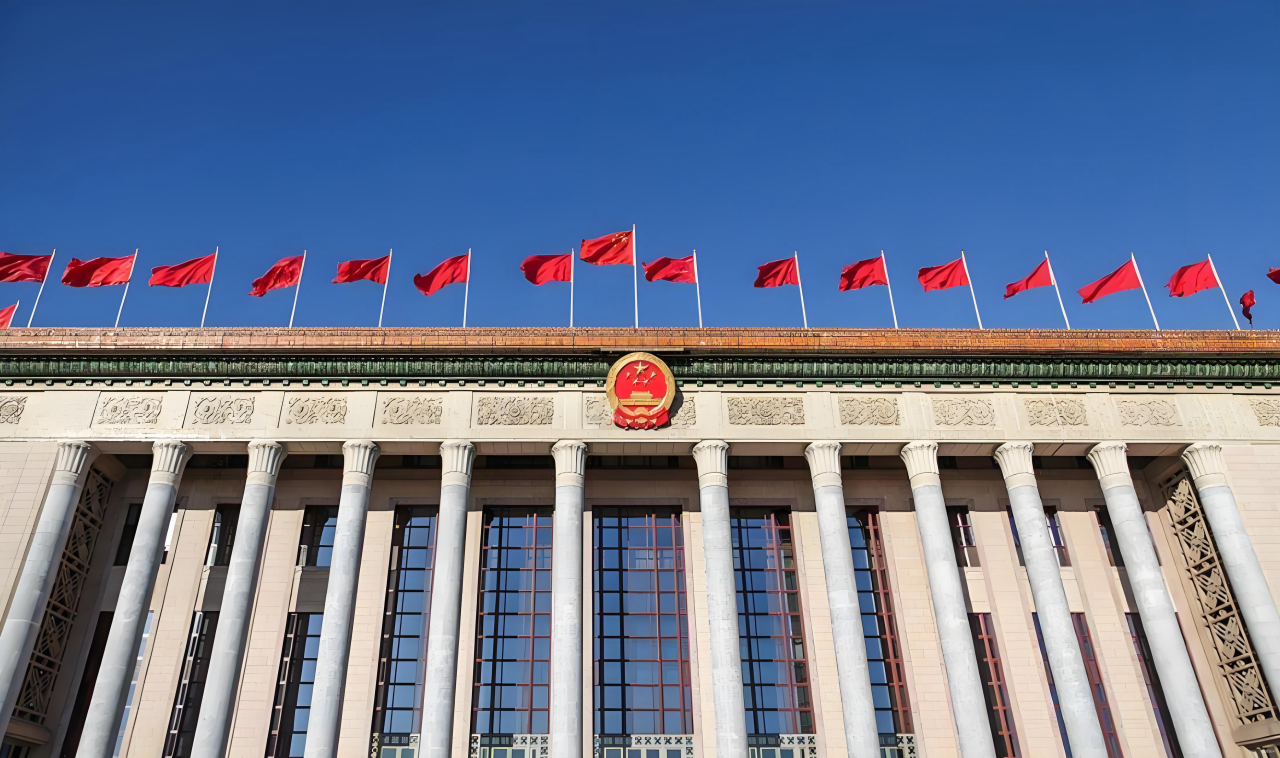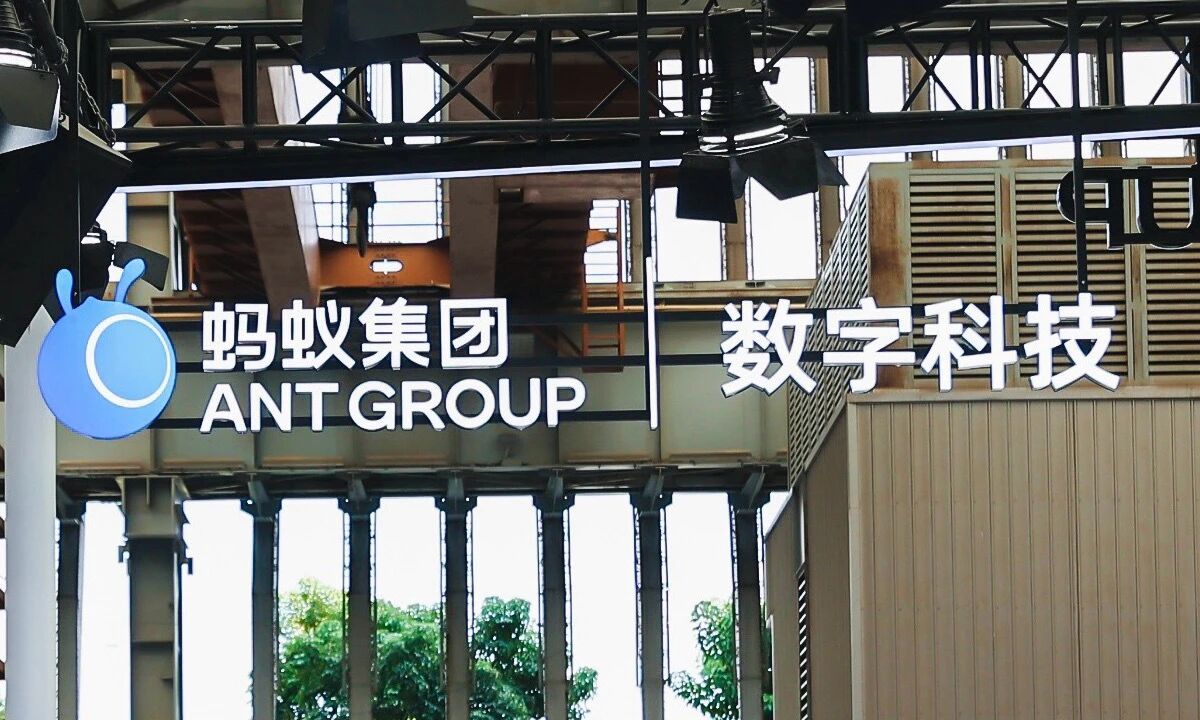Author: Liang Yu
Editor: Zhao Yidan
A policy document and a technological revolution are quietly converging in China's capital market, potentially ushering in a disruptive change in the investment paths of private capital. The State Council recently issued the "Several Measures to Further Promote the Development of Private Investment," which has stirred significant waves. This new policy, proposing 13 specific measures, aims to comprehensively stimulate the vitality of private investment from three dimensions: expanding access, removing bottlenecks, and strengthening guarantees.

Several policies in the "Several Measures" align with the development path of Real World Assets (RWA). The policy explicitly states the need to "actively support more eligible private investment projects to issue Real Estate Investment Trusts (REITs) in the infrastructure sector." Against this policy backdrop, RWA may become a technological complement to REITs, exploring new paths to lower issuance and trading thresholds using blockchain technology.
Almost simultaneously, a profound transformation is accelerating in the global financial sector. Citigroup's latest research report indicates that the scale of global tokenized assets could reach $4-5 trillion by 2030, a figure that was merely a few hundred billion dollars at the beginning of 2023. This rapid growth trend highlights the increasing importance of asset tokenization technology in global capital markets.
Under the dual waves of policy and technology, the tokenization of real-world assets (RWA) is attracting widespread market attention. Whether this innovative model, which converts physical assets into digital tokens through blockchain technology, can truly become the key to bridging the gap between the physical and financial worlds remains to be seen through ongoing market validation.
I. Policy Winds Favoring Private Investment Bring New Opportunities
Guan Peng, Deputy Director of the Fixed Asset Investment Department of the National Development and Reform Commission, pointed out at a recent press conference that private investment is an important barometer reflecting the level of economic activity and plays a significant role in stabilizing growth, employment, and expectations. This statement underscores the high importance placed on private investment by policymakers.
Despite a slowdown in private investment this year due to changes in the international environment and adjustments in the real estate market, data from the National Bureau of Statistics shows that private project investment, excluding real estate development, grew by 2.1% year-on-year in the first three quarters, maintaining stable growth. This data indicates that, under policy guidance, private capital is gradually adjusting its investment structure and seeking new growth points.
More importantly, private investment in infrastructure grew by 7% year-on-year, and private investment in manufacturing increased by 3.2%, still showing a good development momentum. These figures reflect that private capital's confidence in investing in the real economy remains solid.
The introduction of the "Several Measures" is based on the current challenges faced by private investment, focusing on further stimulating private investment vitality and enhancing overall investment efficiency. The policy clearly encourages private capital to participate in key projects in areas such as railways and nuclear power, and opens the door to private capital for new projects in urban infrastructure that are smaller in scale but have profit potential. These measures provide potential policy space for the application of RWA technology.
II. RWA: Digital Exploration of Real World Assets
The tokenization of real-world assets (RWA) is essentially an attempt to deeply integrate blockchain technology with traditional assets. It creates digital representations of real-world assets, mapping the value of the physical world onto the blockchain to achieve the digital circulation of assets. This technology is still in its early stages of development, and its actual effects require further market validation.
In traditional investment models, investors wishing to participate in large infrastructure or real estate projects often face cumbersome procedures and significant financial barriers. RWA technology theoretically can lower investment thresholds through asset fragmentation, but its practical operability still requires more supporting case studies.
The technical implementation of RWA typically involves three key steps. First is the compliance and standardization of assets, which requires a professional team to carefully review the assets; next is the blockchain-based asset tokenization, creating digital tokens that represent asset rights on the blockchain; finally, there is the circulation and trading of the tokens. The entire process relies on technologies such as smart contracts, whose security and stability still need continuous observation.
From a global regulatory perspective, countries are still exploring their regulatory attitudes toward this emerging field. The U.S. has enacted the "GENIUS Act" to establish a federal framework for tokenized assets; Singapore is known for its regulatory sandbox mechanism; and the Hong Kong Monetary Authority has launched the Ensemble project sandbox. These regulatory explorations provide important references for the compliant development of RWA, but the maturity of regulatory frameworks in various countries still requires time.
III. Synergistic Effects of Policy and Technology
In terms of expanding access, the policy encourages private capital to participate in the construction and operation of new projects in urban infrastructure. This provides policy space for exploring RWA in small infrastructure projects. However, such innovations need to be cautiously advanced to ensure compliance with existing regulatory requirements.
The practices in Chongqing demonstrate the potential for combining policy and technological innovation. According to data released by the Chongqing Development and Reform Commission, private investment in infrastructure in Chongqing is expected to grow by 33.4% in 2024, with new infrastructure projects becoming a significant growth driver. The construction of the Banan Tenglong 5G Data Center project showcases the involvement of private capital in the new infrastructure sector.
The policy also supports leading private enterprises in building comprehensive digital empowerment platforms, providing exploration space for RWA technology providers. The practices of Ant Group and others within the Hong Kong Monetary Authority's Ensemble compliance sandbox offer reference cases for the industry, but the large-scale promotion of these explorations still faces challenges.
IV. Practical Exploration of Diverse Application Scenarios
The application scenarios for RWA are being explored across various fields. From a global perspective, tokenization is relatively easier to implement for assets with clear value, legal clarity, and verifiable documentation. Real estate and financial instruments are common exploration directions, but innovations are increasingly occurring outside traditional asset categories.
The tokenization practices in the energy sector are noteworthy. The tokenization of real-world assets involves representing physical assets as blockchain-based tokens, which can be traded on digital platforms, achieving fragmented ownership. However, the actual effects of this innovative model require more practical validation.
According to a report from Wall Street Insights in September 2025, Ant Group has integrated energy infrastructure valued at over 60 billion yuan into its blockchain platform, completing approximately 300 million yuan in tokenized financing. This large-scale practice encompasses about 15 million new energy devices, demonstrating the landing potential of RWA technology in the real economy.

Industry cooperation models are also continuously innovating. In September 2025, Zhonghuan New Energy reached a strategic cooperation with Ant Group to jointly layout the tokenization of new energy assets. According to the cooperation content, Zhonghuan New Energy's photovoltaic power stations and zero-carbon parks will be transformed into tokenized digital assets through Ant Chain technology, aiming to enhance asset liquidity and reduce financing costs. This cooperation marks an innovative exploration of asset management models in China's new energy industry.
The application of RWA in traditional manufacturing is also being explored. According to public reports, Qumei Home and Deep Stone Technology are collaborating to attempt to convert the future rental income rights of their idle factory buildings into digital tokens for financing. Such cases demonstrate the exploration of RWA technology in revitalizing existing assets, but their replicability still needs observation.
V. Challenges and Risks on the Development Path
The development of RWA still faces multiple challenges. Regulatory uncertainty is one of the main obstacles. In the U.S., coordinating securities law with blockchain innovation still requires time. In China, there are no clear laws and regulations regarding the issuance, trading, and regulation of security tokens, which requires innovation to be cautiously advanced within the existing legal framework.
The complexity of physical assets presents another practical challenge. Assets in industries such as energy and manufacturing are often geographically dispersed and require complex physical maintenance, making their digitalization face dual challenges on both technical and management levels. For example, a recent report from PAA highlighted a one-time loss of $485 million, underscoring the inherent operational risks of energy infrastructure, which need special attention during the tokenization process.
Technological security also requires high attention. Although blockchain systems have characteristics such as decentralization and immutability, they still face security challenges such as smart contract vulnerabilities and private key management. Security incidents encountered by multiple blockchain platforms since 2023 remind the industry that security construction must be prioritized.
Moreover, the management and compliance operation of offline assets need to effectively coordinate with online token technology. The experience of the U.S. real estate RWA project RealT indicates that the tokenization of real-world assets is not merely a technical issue but involves a systematic project encompassing asset operation, legal compliance, and other aspects.
Market acceptance and investor education are also important considerations for the industry's development. Traditional investors are still in the process of building their understanding of digital assets and need a deeper understanding of the risk-return characteristics of RWA products. This requires relevant participants to make more efforts in product design, information disclosure, and investor suitability management.
VI. Future Outlook and Development Path
With the implementation of the "Several Measures," private investment is expected to welcome new development opportunities. Local practices indicate that continuous optimization of policies helps stimulate the vitality of private investment. Taking Chongqing as an example, during the "14th Five-Year Plan" period, the added value of the private economy in Chongqing increased from 1.48 trillion yuan to 1.98 trillion yuan, with its share of GDP rising from 59% to 61.6%. This data reflects the sustained vitality of private capital.
In terms of investment direction, private investment is extending from traditional manufacturing to emerging industries. The growth rate of industrial private investment is expected to reach 17% in 2024, with an increased proportion of emerging industries. Another trend is the heightened focus on green and low-carbon projects, reflecting private capital's exploration in the field of sustainable development.
The market development prospects for RWA present various possibilities. According to an industry research report published by Mordor Intelligence in 2025, the asset tokenization market is expected to grow from $2.08 trillion in 2025 to $13.55 trillion by 2030, with a compound annual growth rate of 45.46%. These forecast figures reflect market expectations for industry development, but actual development still requires observation.
Current market signs indicate some development trends. The participation of traditional financial institutions is gradually increasing, with asset management firms like BlackRock and Franklin Templeton beginning to pay attention to this field, providing more visibility for the industry.
The policy environment is continuously optimizing, and technological innovation is advancing. Under the guidance of policies and the backdrop of technological development, private capital is exploring new investment paths. From traditional manufacturing to emerging industries, and from traditional infrastructure to new infrastructure, investment directions are showing a trend of diversification.
If existing technological, regulatory, and market challenges can be effectively addressed, RWA may become a complementary force to activate existing assets and broaden channels for private investment. As regulatory frameworks gradually improve, technological solutions continue to mature, and market awareness deepens, the development of RWA will not only provide more choices for private capital but also explore more in promoting the digital economy and achieving green transformation.
In the future, the healthy development of RWA requires the coordinated advancement of technological innovation and compliance frameworks, and its actual effects need to be fully validated by the market to play its due role in the high-quality development process of the Chinese economy.
Some sources of information:
· "Several Measures to Further Promote the Development of Private Investment"
· "Bian Zhuoqun Talks RWA at the Bund Conference: Releasing New Potential of Real Assets in a Low-Growth Era through Technology"
· "State Council General Office: Encouraging Private Capital to Participate in the Construction and Operation of New Projects in Urban Infrastructure in Various Localities"
免责声明:本文章仅代表作者个人观点,不代表本平台的立场和观点。本文章仅供信息分享,不构成对任何人的任何投资建议。用户与作者之间的任何争议,与本平台无关。如网页中刊载的文章或图片涉及侵权,请提供相关的权利证明和身份证明发送邮件到support@aicoin.com,本平台相关工作人员将会进行核查。




